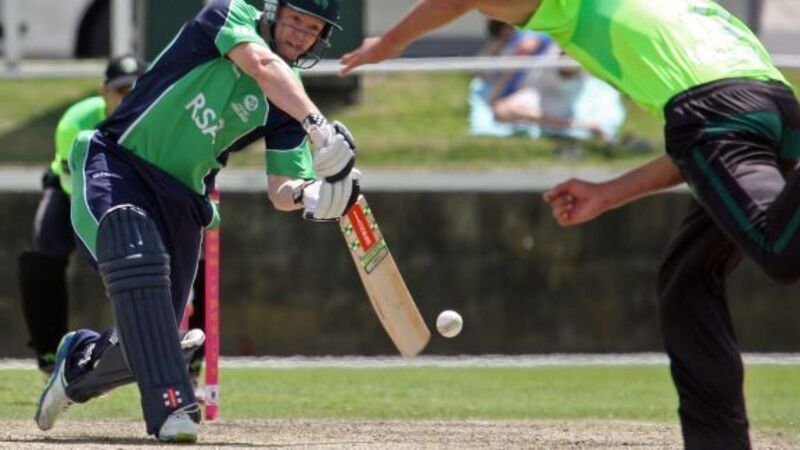Ireland playing for high stakes

There are plenty who agree. And it can be said with certainty that a victory would make it the most lucrative day in Ireland’s cricketing history. Should Ireland win, they will be guaranteed $300,000 (€286,000).
But the benefits to Irish cricket would go far deeper than a windfall. Cricket Ireland are searching for a new long-term sponsor – they have a short-term deal with Tourism Ireland for the World Cup – and a last eight place would provide further clout in negotiations.
Most importantly, it would emphatically reaffirm Ireland’s rise and it would embarrass David Richardson, the chief executive of the ICC, who said that Ireland were not one of the eight “competitive” international teams before the tournament began.
It would add to the pressure on the ICC – in reality Australia, England and India, the countries with all the clout – to reverse plans to contract the 2019 and 2023 World Cups to ten teams. And it would further strengthen Ireland’s case for greater playing opportunities.
As Ireland’s players have pointed out at every turn this World Cup, they played a meagre nine ODIs against Test nations between 2011 and 2015. At least there is the prospect of a slight upturn in this figure: Ireland host England and Australia for one-off ODIs this summer.
Zimbabwe did not play a single ODI against Ireland in the last four-year cycle, but Alistair Campbell, the Zimbabwe Cricket Union’s new managing director, is keen for Ireland to tour Zimbabwe in September.
Pakistan are also keen for Ireland to tour. In the meantime, a World Cup clash awaits, two days shy of eight years since Ireland’s three-wicket victory over Pakistan on St Patrick’s Day in 2007.
Ireland rightly consider themselves a far better side today: every member of the 2015 vintage is professional, compared to just two members of the 2007 squad. A four-fold increase in playing numbers since shows how transformative that day was.
Three players – William Porterfield and the O’Briens – will draw from that victory, but that should not obscure the fact that Pakistan are considerable favourites to progress. Their intoxicating victory over South Africa showed that, even in the absence of Saeed Ajmal, Mohammad Asif, Mohammad Amir, Umar Gul and Junaid Khan, they still possess a lethal bowling attack.
If Pakistan’s batting line-up can self-implode, the fear is that Ireland’s bowling attack lacks the discipline to induce it. The best hope might be that Ireland mimic Bangladesh’s path to victory against England at Adelaide: make a solid score batting first and benefit from extra assistance for the bowlers under lights.
Ireland have already amassed the three victories thought sufficient to qualify for the quarter-finals.
But a combination of the West Indies’ defeat to Pakistan and Ireland’s derisory run-rate leaves them requiring a fourth success to qualify – unless the UAE can upset the West Indies, or rain can wash out that game in Napier, ensuring Ireland’s progression regardless of events in Adelaide. Perhaps Irish cricket is overdue some luck.
* Tim Wigmore is the author of Second XI: Cricket in its Outposts.













